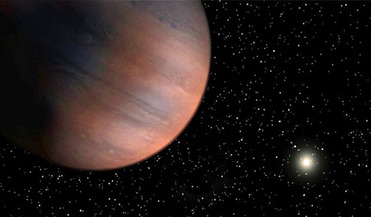 10 April 2017
Super-Jupiter mass planet found in the galactic bulge
10 April 2017
Super-Jupiter mass planet found in the galactic bulge
... of the “Campaign 9” of the Kepler 2 mission, also known as the K2C9 program, which involves the recovered Kepler space telescope working in conjunction with ground-based observatories to find possible events suitable for observations on larger...
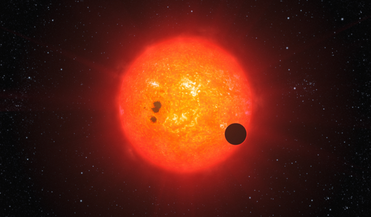 17 February 2020
Earth-sized planet behind unusual star signals say astronomers
17 February 2020
Earth-sized planet behind unusual star signals say astronomers
... Low-Frequency Array, or LOFAR – a vast radio telescope network spread out over Europe – to pick-up radio ... the size of the mirror tucked away on aboard the Hubble Space Telescope is around 2.4 metres. Depending on the wavelength or frequency of...
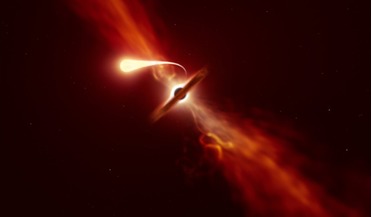 12 October 2020
Rarely detected star shredding event caught in unprecedented detail
12 October 2020
Rarely detected star shredding event caught in unprecedented detail
...of Astronomy, University of Cambridge, UK, when he conducted the work. “We immediately pointed a suite of ground-based and space telescopes in that direction to see how the light was produced. After six months of extensive observations in ultraviolet...
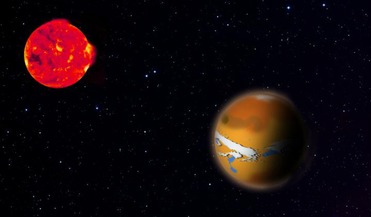 01 December 2017
Search for life more difficult than previously assumed
01 December 2017
Search for life more difficult than previously assumed
... may still be habitable," Carone explains. And with the combination of improved data from telescopes such as the James Webb Space Telescope when it is launched in 2019 coupled with advances in computer modelling, significant progress in this exciting...
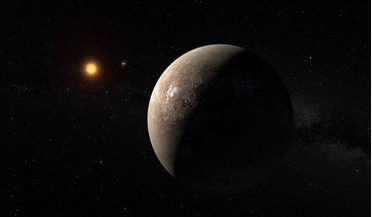 28 August 2016
How habitable is Proxima b?
28 August 2016
How habitable is Proxima b?
... that within 10 years, Proxima b’s atmosphere could be imaged directly by large telescopes such as the European Extremely Large Telescope (E-ELT), not only that but with space telescopes such as WFIRST, Proxima b could be the first exoplanet to have...
 06 April 2020
Planets can form second atmospheres rich in CO, new study shows
06 April 2020
Planets can form second atmospheres rich in CO, new study shows
... can be tested by looking at an evolved planets C/O ratio when future observatories such as James Webb Space Telescope (JWST), the Extremely Large Telescope (ELT), and the Atmospheric Remote-sensing Infrared Exoplanet Large-survey (ARIEL) have the...